Review: Boxy Pixel Game Boy Macro Shell
Another day, another random video game-related project. This time some products from Michigan-based Boxy Pixel caught my eye — specifically, a machined aluminum faceplate for a “Game Boy Macro.” What is a Game Boy Macro, you may ask? In effect, a decapitated Nintendo DS Lite. Since the DS can play Game Boy Advance games, and the hinges for the upper screen are so fragile, some enterprising gamers have taken to completely removing the top screen on broken DS units, and repurposing them as dedicated GBA consoles. Now, normally these hacked machines would look a bit rough, but Boxy Pixel has designed a replacement faceplate that looks very professional. It takes some design cues from the Game Boy Advance SP, and has a modern design sensibility since it’s made of aluminum (truly, the metal of our time).
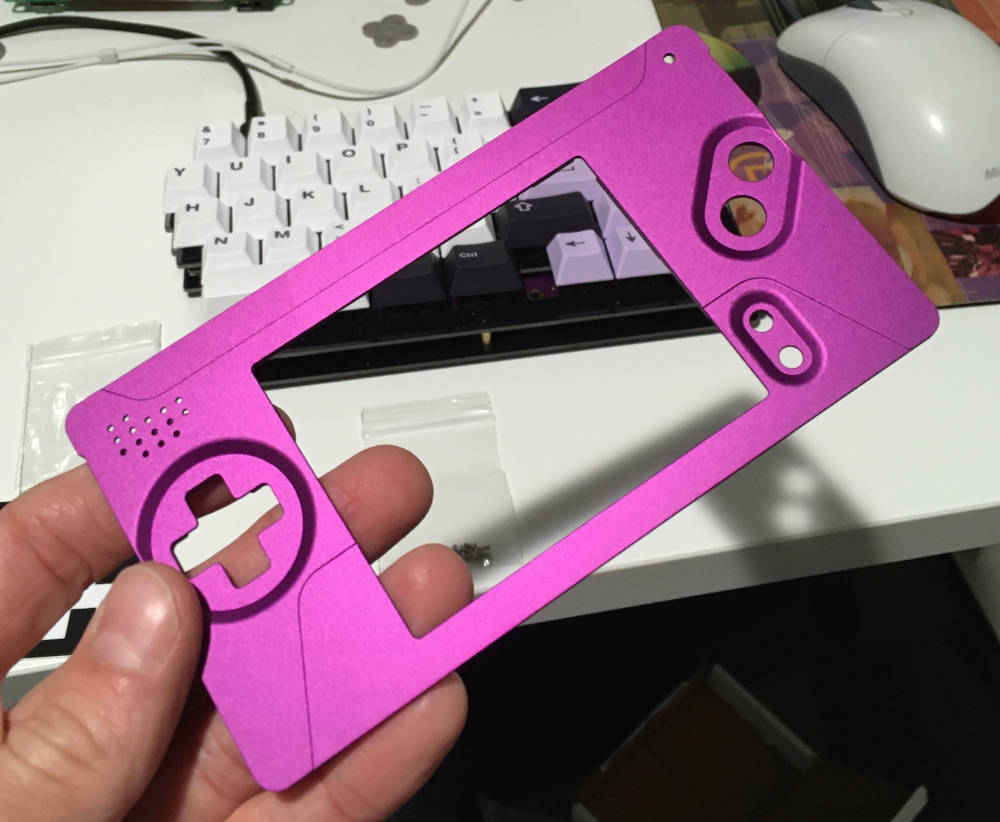
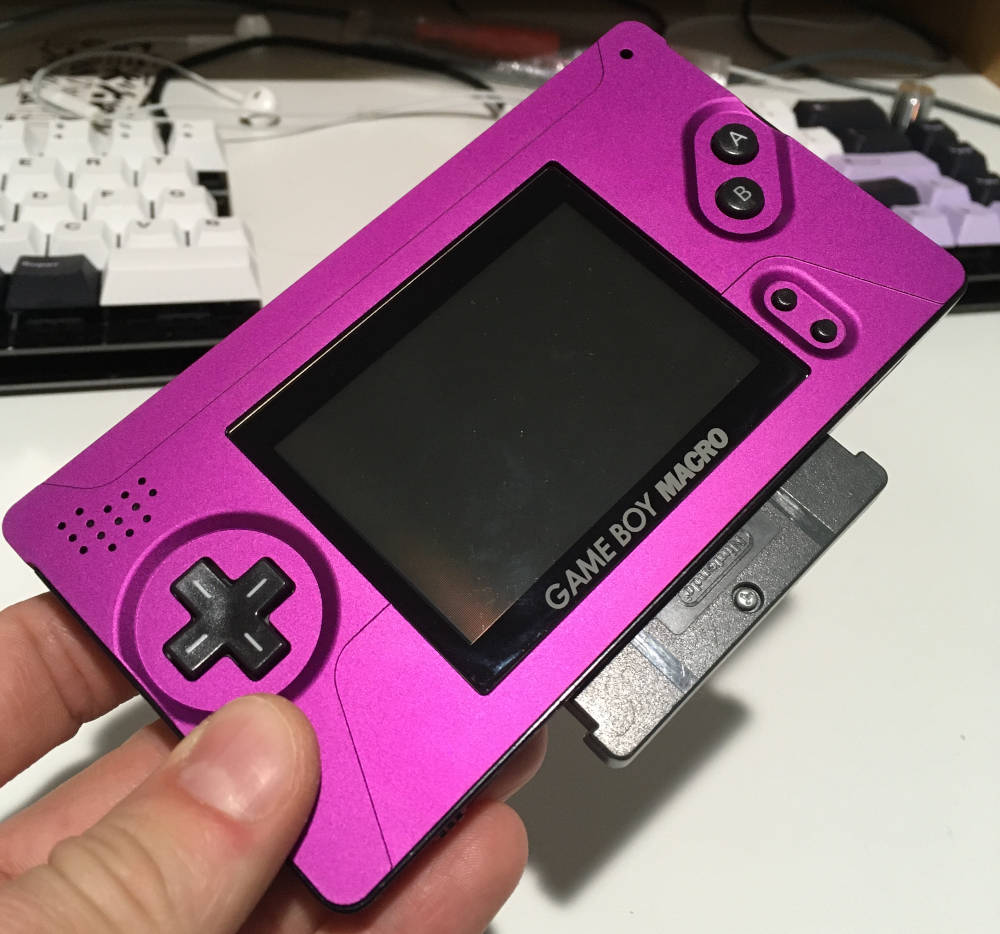
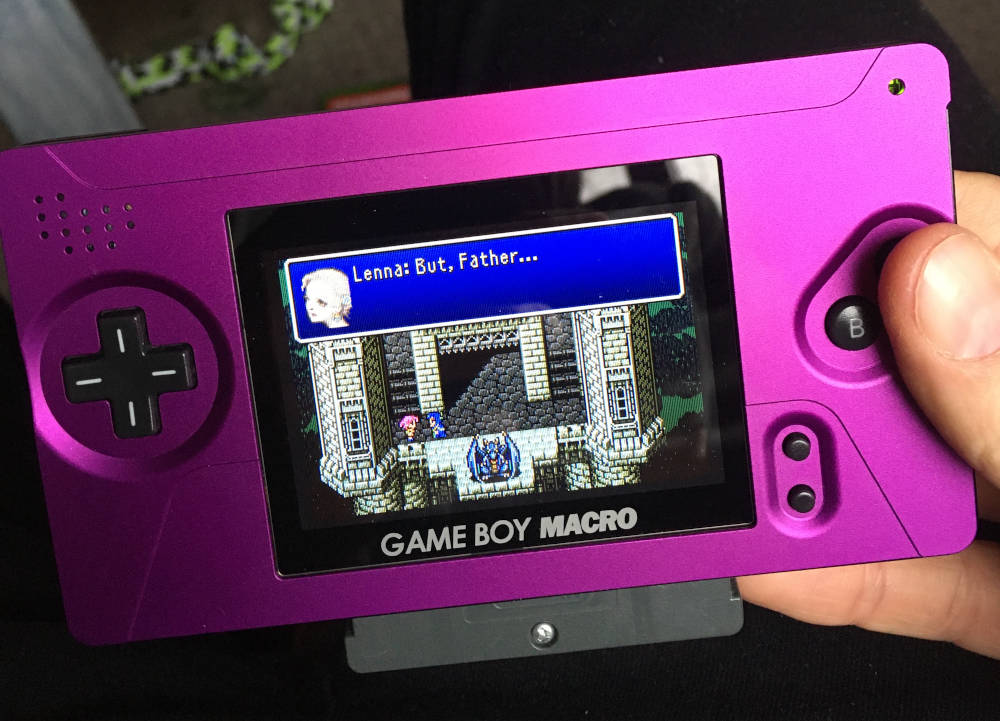
Now, there’s no reason that I needed to make a Macro. I have an original GBA that I modded with a Game Boy SP backlit LCD, which could arguably be considered the “best” GBA. But it seemed like a cool project, that wouldn’t be a huge time investment. So I poked around on eBay until I found someone selling a DS Lite for parts. True to the seller’s word, the device did not power on, and the charging port was disfigured to boot – I had to cut out a bent piece of metal before I could even plug the thing in. Fortunately, the first result after searching “ds lite no power” proved to be my solution. All I needed were a replacement fuse and charging port from Ali Express, obtained for about $2.
Once the DS powered on again, I was able to follow the assembly guide to complete the build. I had to reference a disassembly guide on iFixit once or twice, but otherwise the instructions were pretty straightforward. The build requires some minor soldering, but it was easily done, even with my limited skills.
So, after completing the project, what are my thoughts? Well, I knew that this would be completely unnecessary for my video game collection, but was just something I had wanted to do for a while. It’s definitely something for folks with more money than sense, as the saying goes. However, I do like the size and weight of the device. It’s the same general form factor as the original GBA, but quite a bit thinner and lighter, making it easier to play. It also uses the built-in rechargable DS Lite battery, which is kinda nice — you don’t have to swap AA batteries. The screen is also incredbily bright and vibrant.
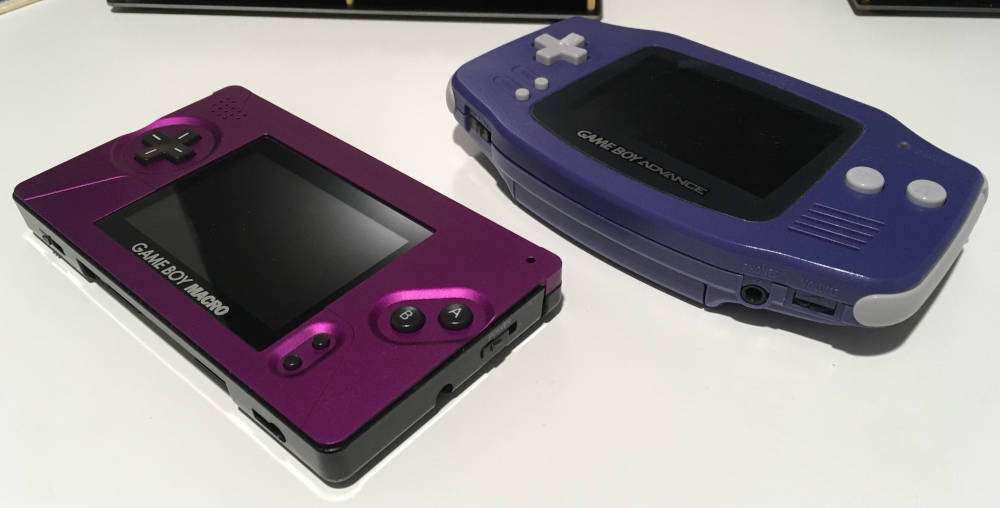
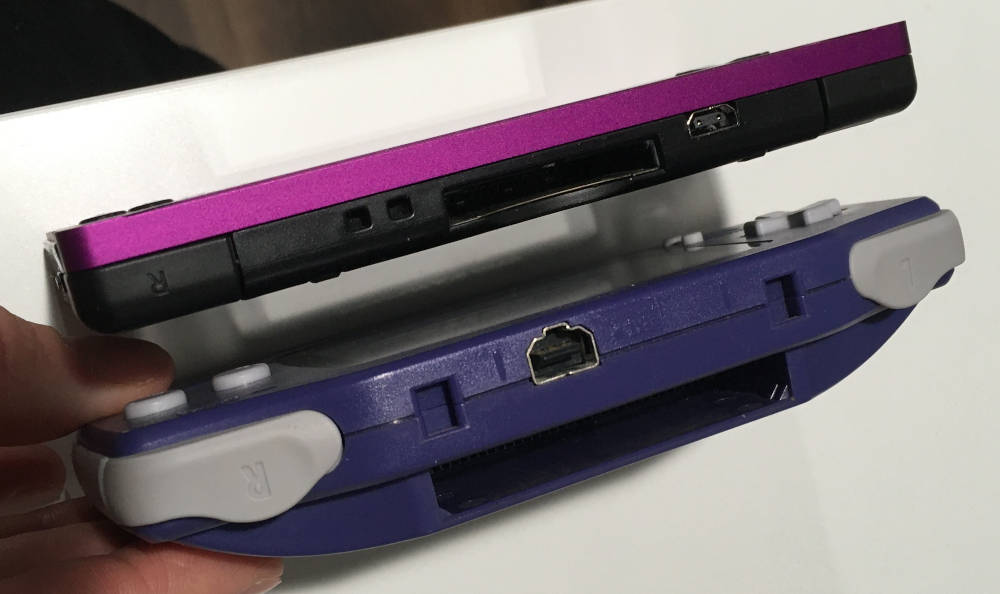
Any downsides? Well, one thing I had forgotten about was that the DS Lite didn’t have enough room to completely insert a GBA cartridge, so the games stick out about half an inch from the bottom of the system. Not a dealbreaker, but something to keep in mind. Another minor annoyance is that the glass screen protector that Boxy Pixel sells alongside the top shell is just a little too small, showing air gaps between the glass and the aluminum. I’m hoping that it doesn’t accumulate lint and dust too badly over time. The last thing I noticed was that there is just a hole in the top of the shell to allow the charging/power LEDs to shine through — I would have expected the option for a bit of diffusing plastic, so that the PCB wasn’t directly visible beneath. Perhaps if I get motivated to open the machine back up again, I’ll squirt some hot glue in there.
These are all minor nitpicks. On the whole, I like the device, and the aluminum top shell really makes it look like a mass-produced device. With people these days fawning over devices like the Analogue Pocket, it’s kind of fun to be a bit of a contrarian.
Comments